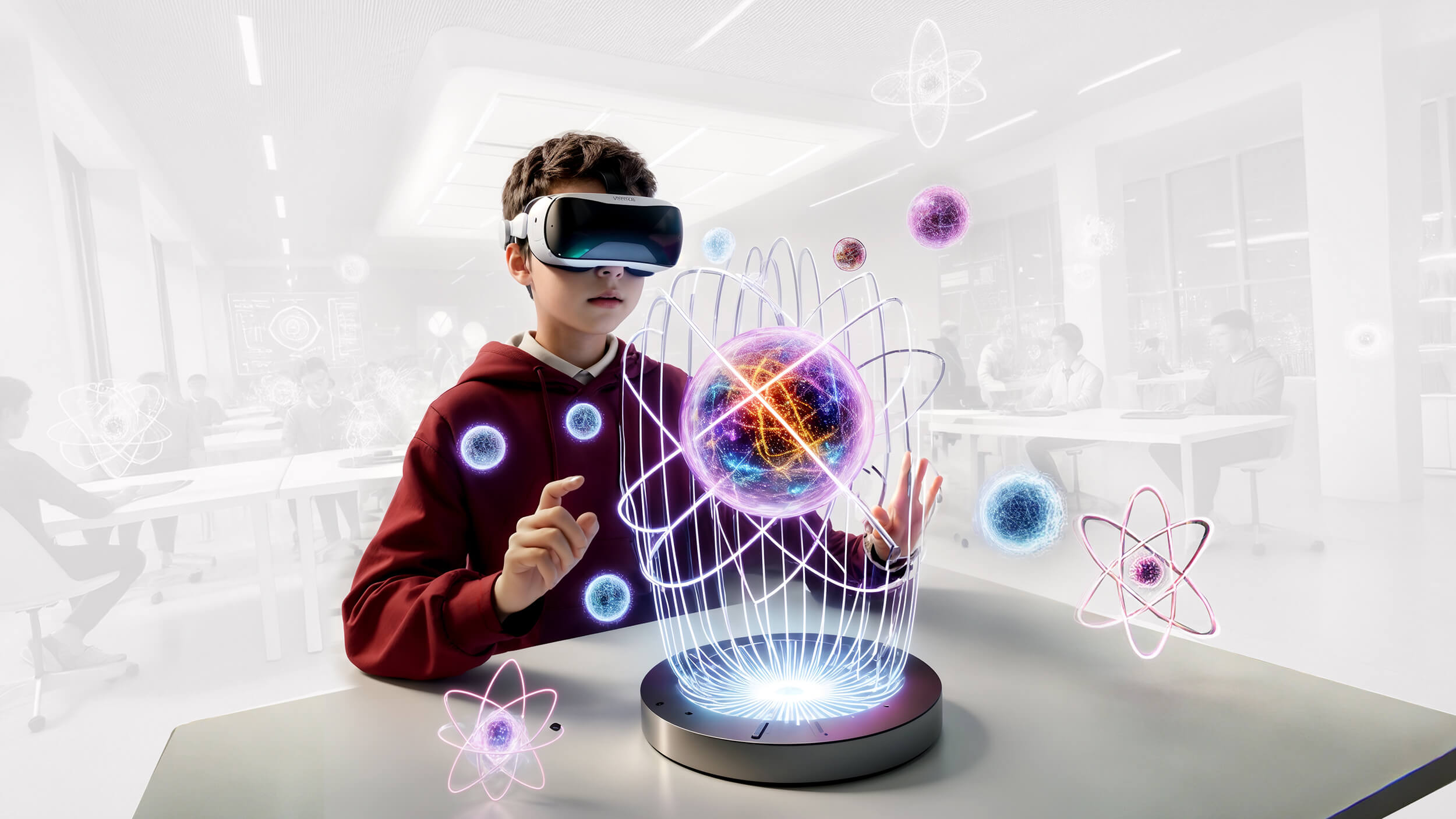Welcome to RPR’s Immersive Technology Hub
Discover cutting-edge insights, expert perspectives, and emerging trends in immersive technology. Explore how groundbreaking innovations in Virtual Reality (VR), 3D, and Augmented Reality (AR) are transforming businesses and industries worldwide. Uncover the potential of these technologies and stay ahead in the rapidly evolving digital landscape.
Experience the future with Augmented Reality (AR) as it seamlessly blends digital enhancements with the physical world. Explore AR’s transformative impact for marketing, advertising, and entertainment.
Welcome to our Insights Hub for the world of Virtual Reality (VR), where digital experiences transport users into entirely new environments.
A blend of immersive technologies that fuse the real and virtual worlds—-uncover more about the XR technology behind Virtual, Augmented, and Mixed Reality.
Explore the vast digital universe—the Metaverse. Discover its impact on social interaction, entertainment, work, and innovation.
Immersive XR experiences through your web browser—learn more about WebXR's technology, versatility, and transformative capabilities.
Welcome to our hub for everything 3D and VFX, where we keep you up to date with the latest trends and innovations that we’re excited about and closely monitoring.
Keep up with the latest advancements and discussions in immersive technology through Rock Paper Reality's diverse lineup of events.

What is immersive technology?
Immersive technology includes Virtual Reality (VR), which transports users to completely virtual environments; Augmented Reality (AR) and WebAR, which add digital overlays to the real-world; Mixed Reality (MR), which combines elements of VR and AR in the real world; and Extended Reality (XR) and WebXR, the overarching terms for all immersive technologies.

Who is using immersive technology?
From entertainment, gaming and hospitality to healthcare, education, and retail, various organisations across many industries embrace immersive technology. It offers companies worldwide unprecedented opportunities to create engaging experiences for users to improve how they learn, train, explore, and play.
Insights Glossary
Browse terms related to immersive reality technologies in our Insights Glossary.
Stay in the know
Sign up to our newsletter for exclusive updates and content, delivered directly to your inbox.
You can opt out at any time, please view our Privacy Policy for more information on how to unsubscribe.
